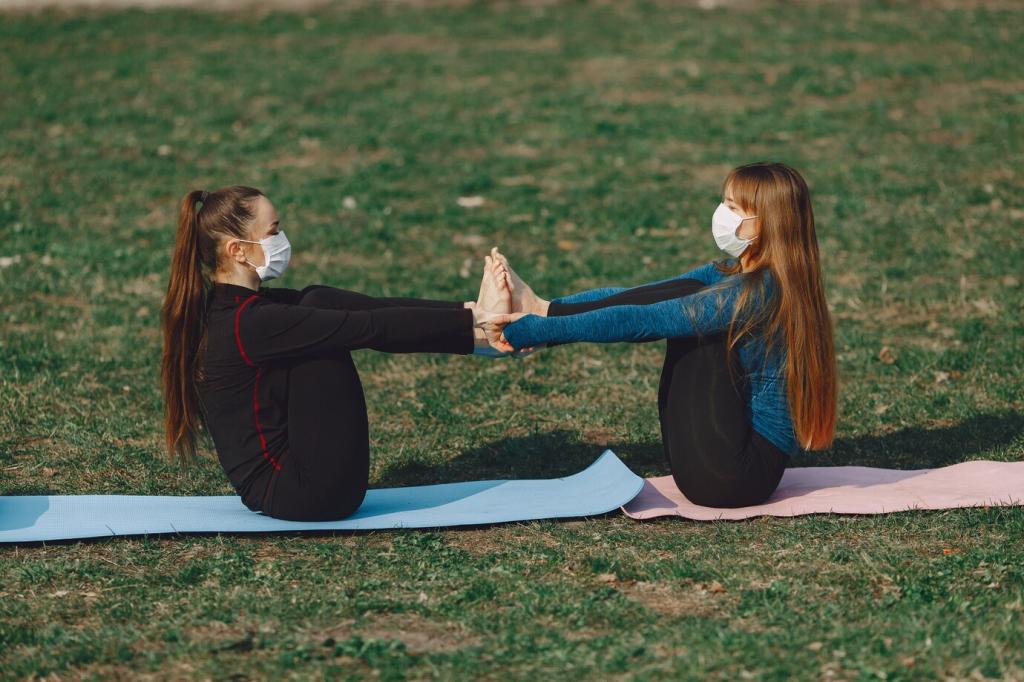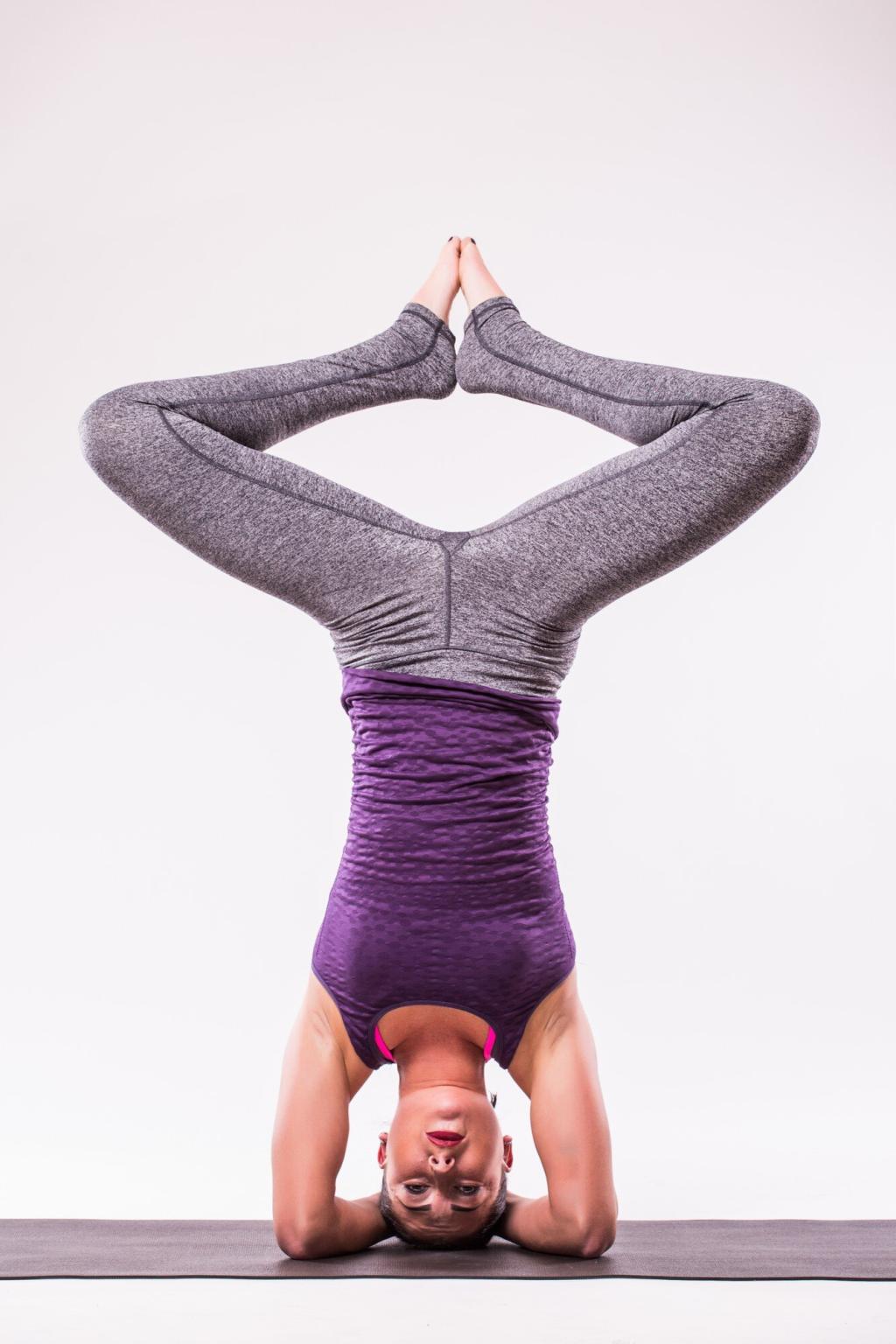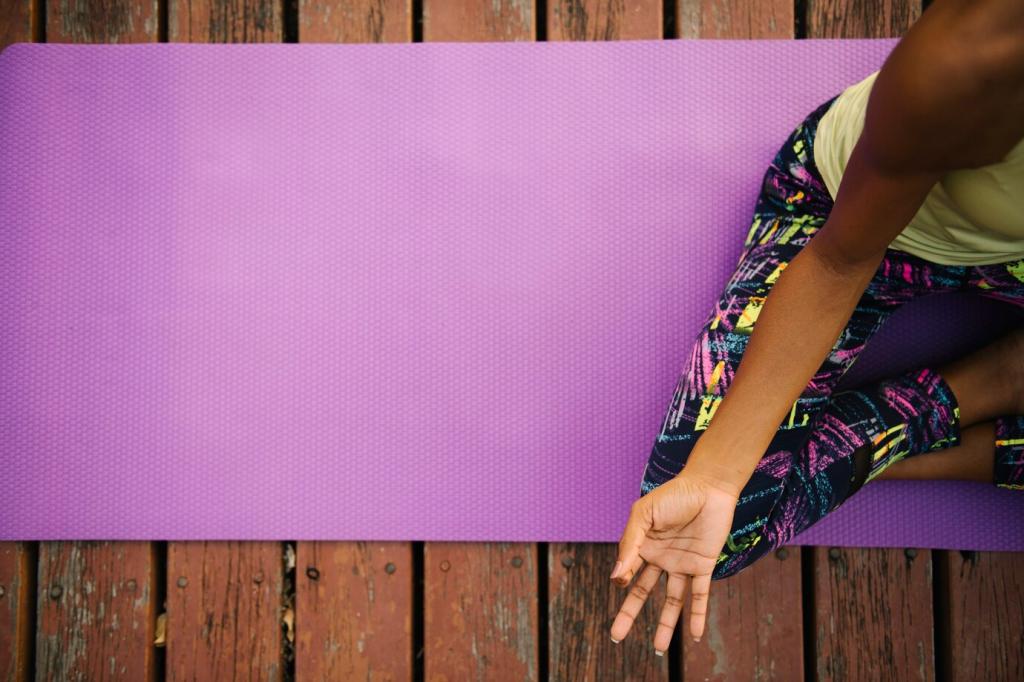Practice Safely: Modifications and Medical Awareness
Avoid straining, breath-holding, or sudden transitions. If you experience dizziness, chest discomfort, or unusual shortness of breath, pause and seek medical guidance. Gentle options always exist to protect your heart.
Practice Safely: Modifications and Medical Awareness
Use props, wall support, and shorter holds to keep effort moderate. Modifications preserve cardiovascular benefits while preventing musculoskeletal flare-ups, making consistency and confidence more achievable week after week.
Practice Safely: Modifications and Medical Awareness
If you take blood pressure or rate-control medications, track responses carefully and coordinate with your clinician. Note how breathwork, pacing, and recovery change your readings over several weeks of practice.
Practice Safely: Modifications and Medical Awareness
Lorem ipsum dolor sit amet, consectetur adipiscing elit. Ut elit tellus, luctus nec ullamcorper mattis, pulvinar dapibus leo.









